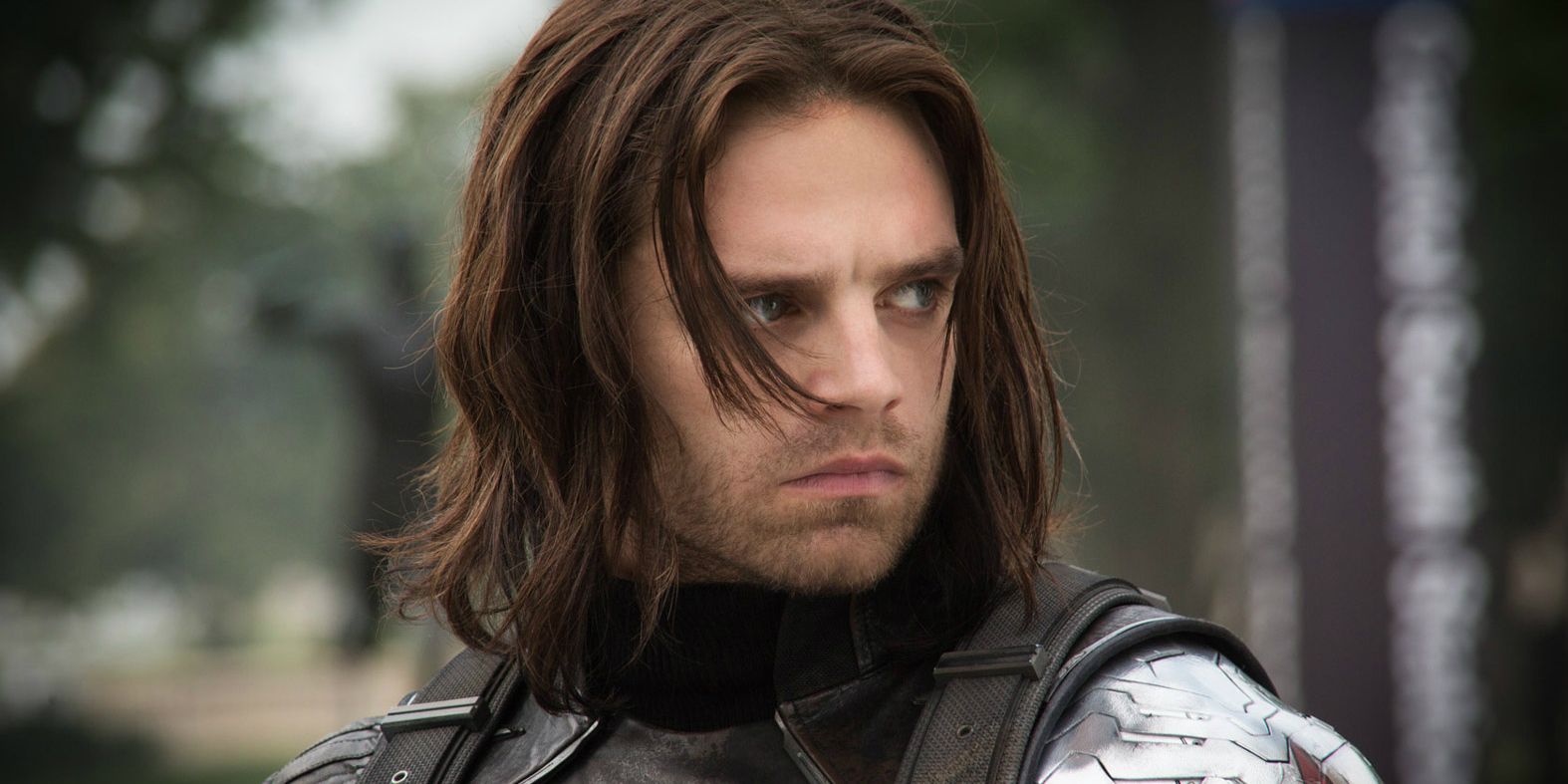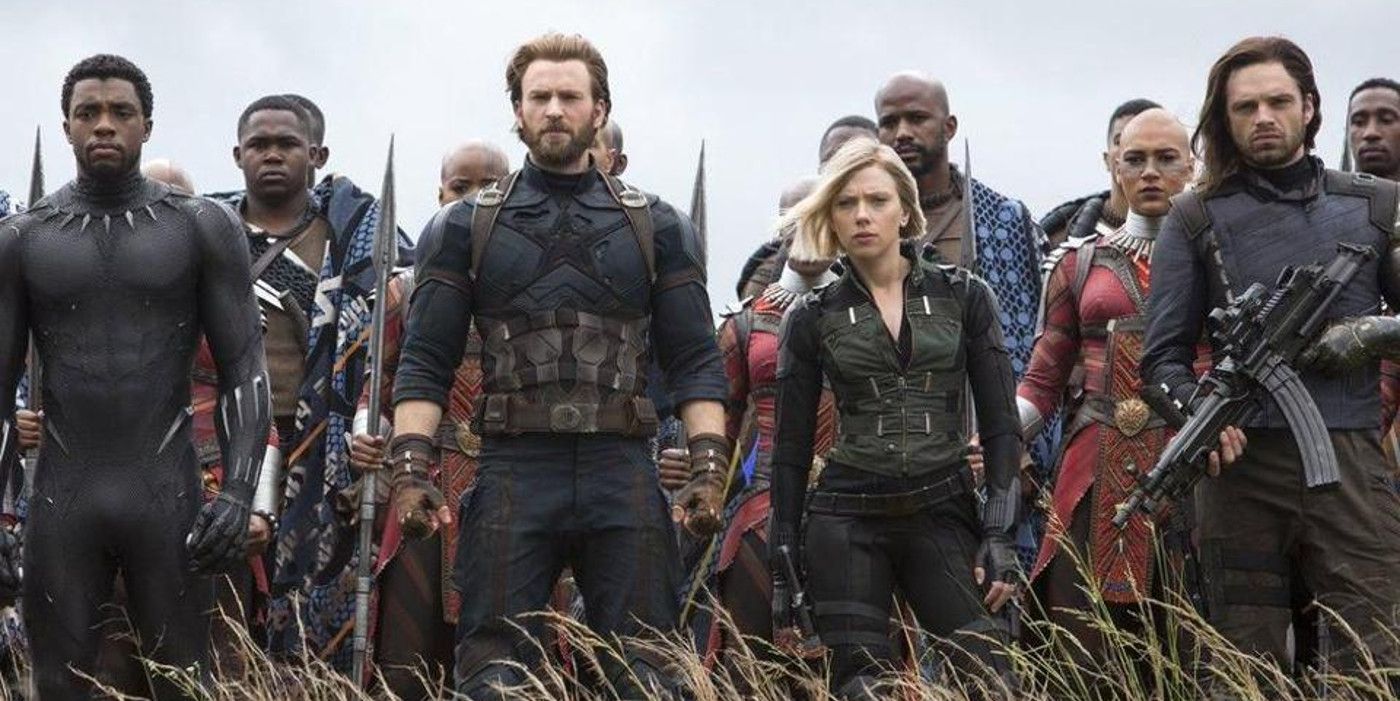According to a new report, Marvel uses strict character cameo definitions to pay comic creators less than promised for their character's appearances in movies or shows. Marvel Entertainment's Marvel Cinematic Universe is currently the biggest film franchise in the world, with 29 films and seven television series being released since the MCU's first film, Iron Man, in 2008. In 2009, Marvel Entertainment was purchased by the Walt Disney Company for $4 billion, adding Marvel Studios to the world's second-largest media company after Apple.
Despite all that undeniable success, the comic book writers and artists behind the creation of some of the MCU's most beloved heroes and villains are shamefully underpaid. Ed Brubaker, the creator of The Winter Soldier, has been vocal in the past about the lack of bonuses or fees he was paid out once his character leaped off the pages onto the big screen. Other creators, and their estates, have been outspoken about Marvel and DC's treatment of their freelance creators. However, new reporting sheds light on some bizarre rules put in place, seemingly to further prevent these creators from getting the total compensation promised in their contracts.
The Hollywood Reporter has revealed Marvel's strict rules about what constitutes a cameo appearance, which is then used to pay creators less than contracts initially promised. The cameo rules say that a character's appearance is considered a cameo role if they get less than 15% of the total screen time of a film. For example, The Winter Soldier in Captain America: Civil War would be considered a cameo, as Bucky is only on screen for 22 minutes of the 2-hour and 28-minute film. Despite Bucky being a major player in Civil War, the Marvel rules constitute the appearance as a cameo - theoretically meaning Brubaker would be owed less money for the appearance regardless of how important Bucky is to the story.
Similarly, Captain America in Avengers: Infinity War is also considered a cameo, as he only appears for less than seven-and-half minutes of the two-and-a-half-hour film. This means that it doesn't matter how integral a character is to the film or the franchise - if they're in the movie for less than 15% of the run time, they're considered a cameo, and the creator is subject to a pay cut. This rule also neglects cut scenes, as a single deleted scene might be the difference between defining a character as a cameo or leading role.
Civil War could not have happened without Bucky Barnes. Still, because he appears in the film just under 15% of the runtime, the comic creators behind the character (who are contractually promised a fee if their character appears in a movie or TV property) are paid way less. Considering that Disney is one of the world's most powerful and profitable companies, it isn't as though they can't afford to pay the writers and artists who dream up the original comic character more money. As more of Marvel's penny-pinching policies become public, it remains to be seen whether the company will make any adjustments to its regulations or if they'll hold firm.
Source: THR


